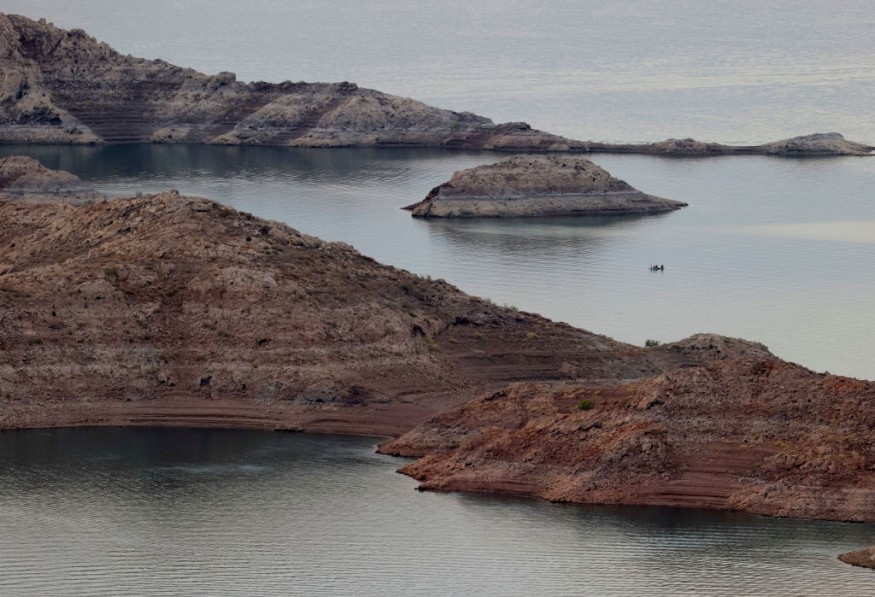Artificial islands surrounding the British Isles in Europe could once be a site of ancient parties held by our ancient ancestors, according to archaeologists.
A new study indicates that ancient elites partied on these man-made islands around what is now Great Britain, Ireland, the Isle of Man, and other islets. Also called a crannog, the anthropogenic islands consist of a lake, wetland, and estuary built thousands of years ago.
Artificial Islands and Ancient Parties

In the new paper published in the journal Antiquity on Wednesday, September 28, Antony Brown of UiT Arctic University of Norway and his colleagues confirmed that ancient social gatherings which is equivalent to the modern term "partying" were apparently held in some of the hundreds of artificial islands created in Ireland, Scotland, Wales between the year 4,000 B.C. and the 16th century A.D.
The research team believes that elite people in the social hierarchy living in the British Isles gathered in the crannogs to display their power and wealth through the parties.
If proven, the findings will pave the way for evidence showing one of the earliest form social gatherings never seen before from previous anthropological and archaeological studies, as well as from other fields.
Also Read : Save the Maldives: New Regime Turns to Tourism, Artificial Islands to Combat Rising Waters
Methods and Results
The new study serves to shed light on crannogs and their purpose. Due to the limited knowledge we have about crannogs and its associated human activities, the methods and results found in the research are very interesting, according to Simon Hammann, a food chemist at the University of Erlangen-Nuremberg in Germany who was not involved in the study, as cited by Live Science.
The team used paleolimnological and biomolecular analyses of crannogs southwest of Scotland and Ireland. They claimed that both methods are effective when it comes to revealing occupation chronologies and identifying artificial island activities and practices.
The results yield various indicators that suggests high-level social gatherings or celebratory activities on the ancient islands which were one thought to be remote.
Some of these probably indicators of ancient parties include the following:
- On-site animal slaughter
- Food storage
- Possible feasting
These signs reportedly show evidence of long-term elite site associations, as well as storage and protection of valuable resources.
Islands Older Than Stonehenge
In 2019, the National Geographic cited a study of crannogs of Scotland's Outer Hebrides, which are artificial islands and some were built over 3,000 years earlier the we have previously thought.
The discovery reportedly baffled scientists as the ancient crannogs are older than Stonehenge, which is a prehistoric monument whose creator emanates from myths and legends such as Merlin, a wizard in Arthurian legend.
Previous notions on crannogs tells us that they were built during the Iron Age (800 - 43 B.C.) by people who used stone causeways and dwellings at the center of bodies of water, the National Geographic states.
In contemporary times, these artificial islands are situated in hundreds of Scottish and Irish lakes and waterways.
Related Article: Belgium Plans to Build Artificial Island to Store Wind Energy
© 2025 NatureWorldNews.com All rights reserved. Do not reproduce without permission.





